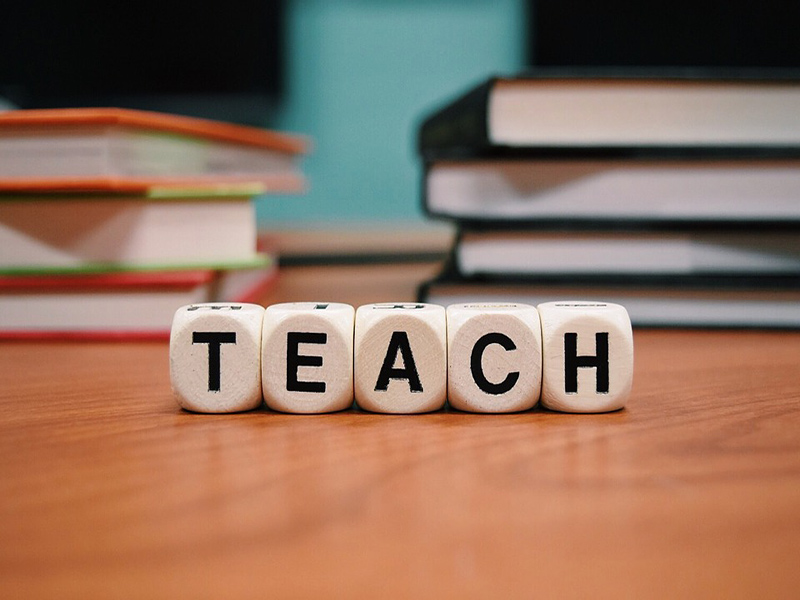
‘Understanding’ and ‘Retention’ are the two key outcomes of effective teaching. Hence we need to answer two questions.
1. What are the teaching techniques that can make children understand better?
2. What are the techniques that can make children retain better?
Both these are very important for effective teaching. Outlined below are the time tested techniques for retention.
Neuroscience Perspective
In the book ‘Descartes Error’, famous neurologist Antonio Damasio presents the ‘somatic marker’ hypothesis and argues that rational decision making requires emotional input. Since, humans have evolved from other animals which are mostly driven by basic emotions; we also need emotions to make rational decisions.
From neuroscience point of view, we tend to retain two kinds of things in our memory; things that we learn through repeated exposure and things that have certain emotional content. We can utilize this knowledge from neuroscience and apply it to classroom teaching. We can arrive at two kinds of techniques to map to two kinds of memory.
Habit forming
In simple English, it is called ‘practice’. Most of our school teaching today is based on this method. Though we can clearly agree on the power of this method for training children in music, dance and sports which are mostly physical, importance of practice in learning mathematics, which is totally mental, is also significant. However, applying this method for learning science, social science and literature can be arguably faulty.
Creating Emotional Signature
Science and Social science cannot be practised in classrooms. Knowledge of these disciplines should grow with corresponding growth in our emotional system. This is the reason we say that the concepts have to be internalised. A good teacher connects the concepts to right kind of emotions aiding easy retention.
I do not want to elaborate on habit forming because ‘practice’ as a method is widely known to the teachers. However, creating emotional signature is relatively new and is not very obvious. We shall discuss some teaching methods for creating emotional signature.
Methods for creating emotional signature
A good teacher can think of various ways to create an emotional signature for every concept he teaches. Here are some methods any teacher can learn to use:
Embedding the ‘learning’ object in a story
A story, unlike a documentary or a report, is never dry. Every twist and turn contains ample scope for experiencing emotions. If we can embed the ‘object’ of teaching inside a nice story, we can get a ready mix of emotions and dry concepts. Try embedding Charles Darwin’s theory of evolution in the story of his voyage around the globe and see how powerful the emotional signature can be.
Magical Experiments
Experiments that we conduct in our science labs are not always magical. Though the rigour of scientific experimentation is very important, such experiments may not serve as emotional signatures. Try igniting a big soap bubble filled with hydrogen. The magic it creates stays with children, they can never forget that hydrogen is lighter than air and it catches fire.
Creating moral dilemma
Some questions do not have perfectly right answers. If ‘survival of fittest theory is right, why should we try to save the weak? When a student asks this question what would be our answer? Using such discussions can create enough upheaval in the emotional system and hence ensures the retention of related concepts.
New experiences while learning new concepts
It is important to create new experiences while teaching new concepts. Old experiences are already mapped to the known concepts and hence cannot form emotional signatures for new concepts. Create a hypothetical situation where children are left in an isolated island and ask them to discuss and frame rules for the island. Children will start loving civics classes and they will easily list all the fundamental rights given in our constitution.
Our brain is not designed to retain dry data. Add some emotional signatures while storing dry data to aid retention of important concepts. Teachers can improvise on the methods explained above and create a nice learning atmosphere in class rooms while ensuring concept retention. This can have an added advantage of integrated learning and all-round development in children.
The author is Guruprasad Athani, chief learning officer & co-founder HobbyMaster.



















